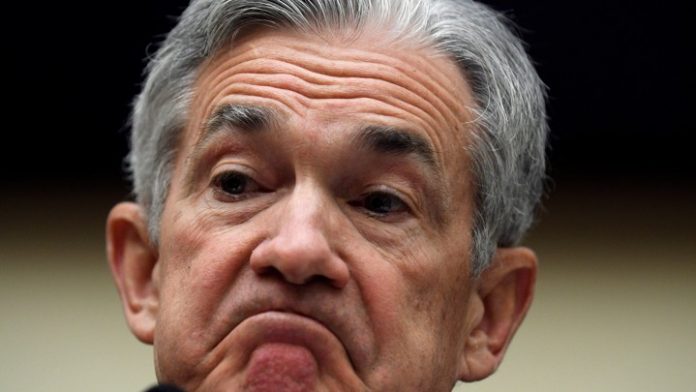Stocks fell again this morning as bond yields jumped, dampening the market’s hopes for swift interest rate cuts. This shift in sentiment came in the wake of fresh jobs data and ahead of the minutes release from the Fed’s last meeting.
The Dow fell by 0.8% while the S&P slid about 0.7%. The tech-heavy Nasdaq Composite dropped approximately 1%, following a challenging session that saw tech stocks lose nearly 1.6%.
New data from the Bureau of Labor Statistics revealed a decrease in job openings, with 8.79 million positions available at the end of November, marking the lowest level since March 2021. This figure was slightly below the 8.82 million openings economists had anticipated.
The hope for a continued market rally into 2024 faced a setback yesterday as both stock indexes and bond prices fell significantly, marking the worst start to a year in decades. Bond prices have been declining for four consecutive days, pushing the 10-year Treasury yield up near 4%.
The upcoming release of the minutes from the December FOMC meeting is anticipated to shed light on the Fed’s stance on monetary policy. And while the market usually watches the minutes with a keen eye, today’s release is particularly important following the Fed’s extremely dovish dot plot from December. Fed Chair Powell also delivered a dovish message in his post-FOMC remarks.
Markets are currently indicating a cautious outlook: the major trades anticipated for 2024 might have already been overplayed in the last two months, suggesting that pursuing this theme further might not yield significant rewards. That’s especially true should the minutes not match the dot plot’s dovishness.
The Treasury market is a case in point. The yield on two-year notes fell nearly 85 basis points through November and December. If the Fed’s intention to cut its benchmark rate three times this year is taken at face value, there’s a question of how much further this rally can go.
Looking at longer maturities, the 10-year yield decreased by over 100 basis points during the same period. In light of falling inflation and the Fed’s readiness to cut rates, this yield is trading around expected levels. In other words, the cuts seem to already be priced in.
Stocks tell a similar tale; in recent years, equities have often rallied regardless of interest rate movements. But that hasn’t always been the case. For much of the market’s history, higher rates meant that the economy was growing, which pushed stocks higher.
That relationship changed in 2008 – rates down, stocks up – with the advent of unprecedented quantitative easing (QE) and the Global Financial Crisis. Everything broke again in 2020, with stocks and yields seemingly moving independently of one another.
The Nasdaq 100, for example, surged more than 15% in the last two months of 2023. Despite yesterday’s pullback, tech stocks (which are more interest rate sensitive) are already priced as if Fed rates are significantly lower than they currently are, making it challenging to push valuations higher. While the S&P was less aggressive in its rally, it also appears mildly overvalued by the same metric.
The minutes of the Fed’s December meeting – due out at 2 pm EST – will be closely scrutinized for any indications of a potential rate cut in March, where Treasurys are currently pricing in a 68% chance of a cut. New York Fed President John Williams has suggested recently that a cut as early as March might be premature. If the minutes echo this sentiment, it could lead to a continuation of the correction in Treasury prices, and probably stocks as well.








